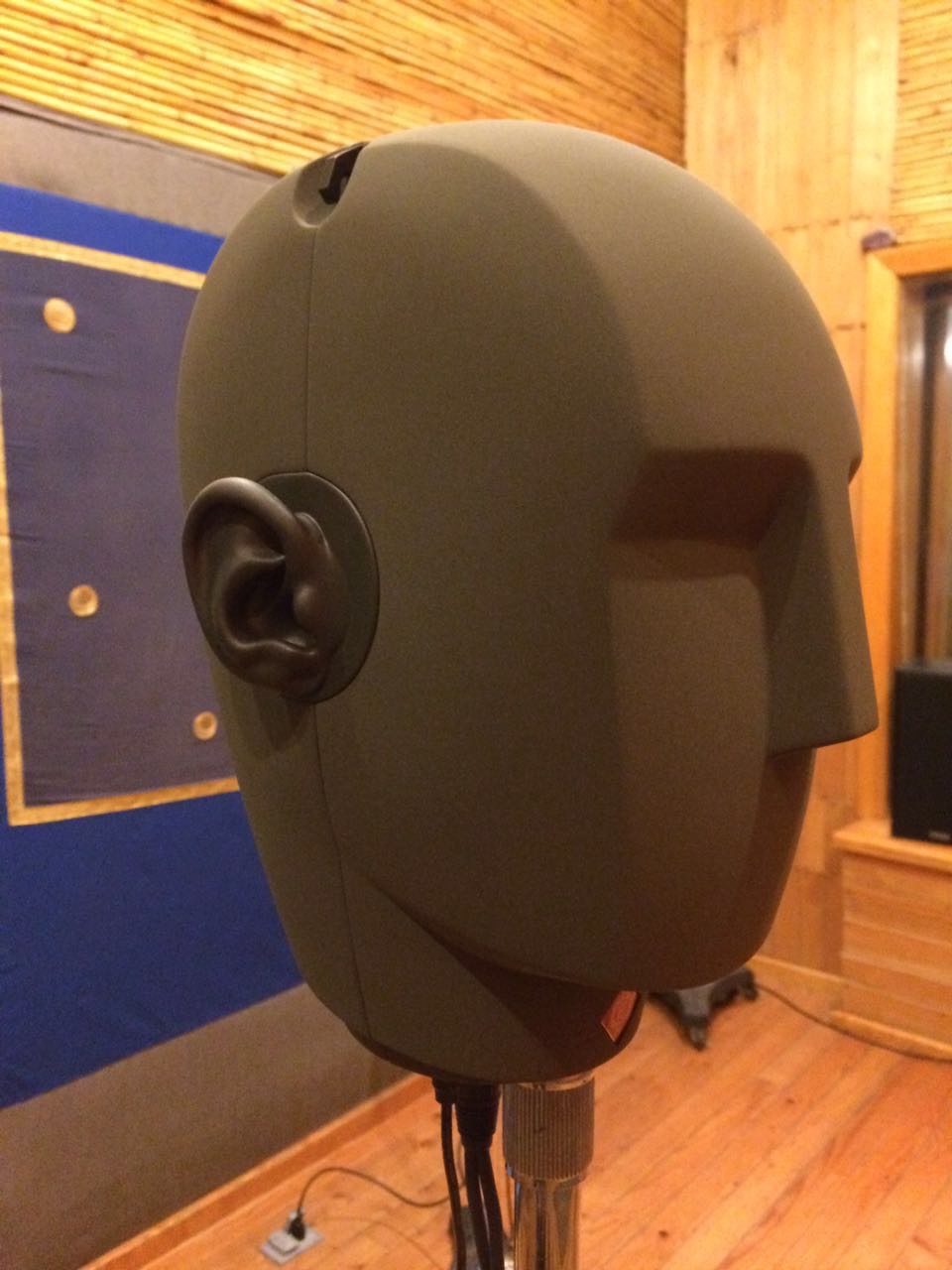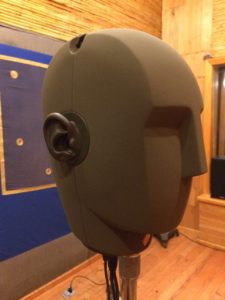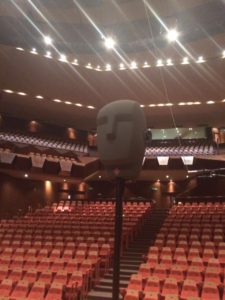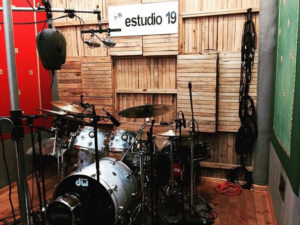A little history…
Thé Théâtrophone
Its creator was Clément Ader, recognized as a pioneer of telephony in France, and was first presented in 1881 in Paris, although the term Théâtrophone was used until 1889. It was the first form of cultural diffusion using a communication technology electric, is an ancestor of stereophony. In the plays, concerts and especially operas, a series of approximately 80 telephone transmitters were connected to the front of the stage, thus being able to transmit a stereo signal.
First World War
1914 – 1918. During the First World War, two receivers were used several feet apart connected by rubber tubes to the ears of an operator to track and locate aircraft.
Oscar
In 1933 AT&T presented at the Chicago World Fair the first binaural head called “Oscar,” it was used for experiments performed by Bell Labs with the help of the Philadelphia Symphony Orchestra.
Dummy Head
In 1972, Neumann exhibited the first generation of Dummy Head (KU-80) in Berlin at the International Radio and TV Show, designed to perform acoustic tests. Later came the KU-81 and KU-100 models, which are currently used.
How does it work?
Binaural recordings allow us to create sensations of space and perspective much more real since human beings can understand and locate or locate in a three-dimensional space any sound source thanks to our brain detecting the volume and time differences between our ears, These differences are influenced by the obstruction of the head and nose, the shape of the auditory pavilion and the acoustic conditions of the space in which we find ourselves. For a binaural recording you need a dummy head, this has an omnidirectional microphone in each ear, so when listening to the recording you can locate the sounds in any direction (front, back, sides, top, bottom, etc.). ), unlike a stereo recording, in which we can only distinguish between left and right.
The dummy head can be placed anywhere depending on the experience that is sought. However, there are some recommendations that I can give you:
- When you are going to record a classical music concert by placing it one meter back and one meter up to the director, you will be able to better capture the interaction of the instruments with the venue.
- In concerts where a system of P.A. it is better to place it somewhere in the audience, only higher up so as not to capture the noise that it produces. Or it can be used only to capture the sound of the audience.
- For studio recordings of a single instrument, I recommend placing it with a public perspective and not a musician, that is, facing the instrument.
- When recording choirs with only one singer you can make several shots and in each one change the dummy position or you can ask the singer to change sides in each of the shots, so you will have a lot of material to use during the mix. Just be careful with the level of monitoring used by the musician, because the sensitivity of the microphone, if it is very close to it, can be heard in the recording.
- When you work with several singers at the same time, you can play more with space, go away and approach the dummy without changing places; this will help you to give a feeling of being in a bigger room. Likewise, you can make individual shots to give it greater clarity.
- Dummy Head En 1972 Neumann expone en Berlín en la Exibición Internacional de Radio y TV la primera generación de Dummy Head (KU-80), diseñada para hacer pruebas acústicas. Posteriormente salieron los modelos KU-81 y KU-100, que es el que se utiliza actualmente.
- Cuando vas a grabar un concierto de música clásica al situarlo a un metro hacia atrás y un metro hacia arriba del director, así lograrás captar mejor la interacción que tienen los instrumentos con el recinto.
- Para grabaciones en estudio de un solo instrumento te recomiendo colocarlo con una perspectiva de público y no de músico, es decir, de frente al instrumento.
Other current applications of binaural audio.
- Recording and live transmission of concerts, operas, and plays.
- Evaluate and monitor the acoustic conditions of concert halls and the results of a system of P.A.
- Documentation of animal and environmental sounds.
- Documentation of auditory contamination.
- Evaluation of car sound systems.
- Measurement and analysis of hearing aids.
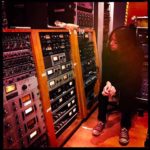 Ana Karen Robles – Originally from Mexico City. She showed great interest in music since she was ten years old when she started taking violin lessons. Ana started her audio studies in 2014, and from 2015 she worked in recording studios like ¨Studio 19¨ as a recording, mixing and mastering assistant. She currently works in the sales area of 3BlueHouse.
Ana Karen Robles – Originally from Mexico City. She showed great interest in music since she was ten years old when she started taking violin lessons. Ana started her audio studies in 2014, and from 2015 she worked in recording studios like ¨Studio 19¨ as a recording, mixing and mastering assistant. She currently works in the sales area of 3BlueHouse.
